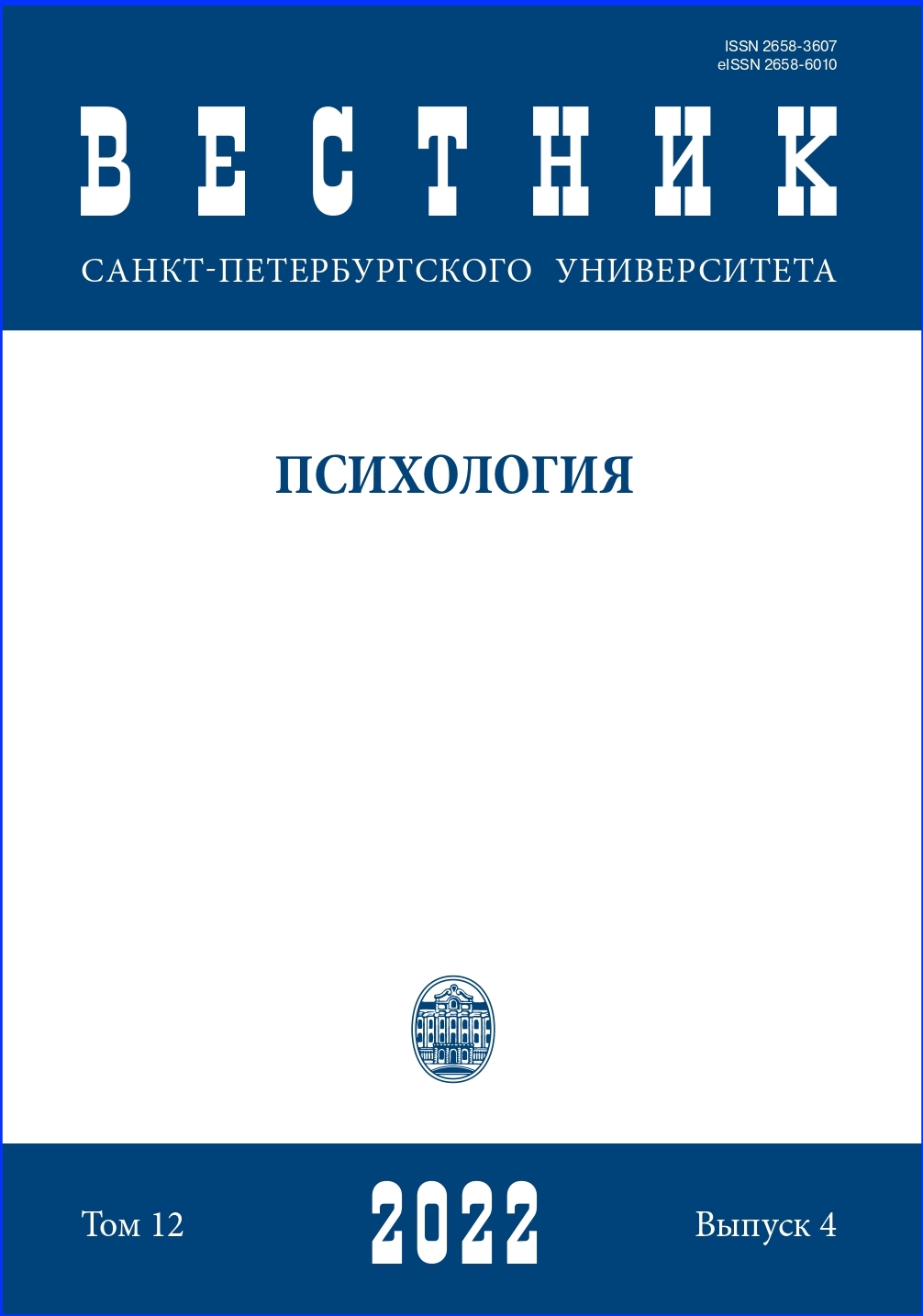Problems and research prospects on learning of new words: Fast mapping vs explicit encoding
DOI:
https://doi.org/10.21638/spbu16.2022.409Abstract
This article reviews the problem of finding the most efficient strategy for new word acquisition. The authors analyse studies aimed at finding the differences between two learning strategies: fast mapping (FM), which is based on deduction and deriving meaning from context, and explicit encoding (EE), which implies learning new information through explicit instruction. While behavioural findings on these strategies’ efficiency (in terms of new word acquisition) are controversial, neurophysiological studies proved the existence of different neurophysiological mechanisms underlying the two strategies. The authors deem it necessary to shift focus of FM — EE differences research from comparing the efficiency of new word acquisition onto analysing of the two strategies’ additional characteristics, such as sensitivity to interference, speed of lexical and semantic integration of new words, memory consolidation during sleep. A new approach to explaining the differences between FM and EE is offered. It suggests a comparison of the two learning strategies’ mechanisms to neural mechanisms of the visual perception system — according to ascending and descending pathways of hierarchy (bottom-up and top-down signals into cortical activities). In particular, the authors suppose that FM activates bottom-up information processing, whereas EE activates top-down information processing. Future perspectives of research on this subject are discussed, such as exploring the effects of object or phenomena labelling on language learning occurring through FM or EE. The authors claim that it is important to conduct such studies with the use of an eye tracker in order to test the aforementioned suggestion about mechanisms, underlying learning strategies, and explaining the differences between them in terms of efficiency of language learning.
Keywords:
explicit encoding, fast mapping, language acquisition, new word learning, labelling, ascending and descending pathways of hierarchy in the visual perception system
Downloads
References
References
(In Russian)
Downloads
Published
How to Cite
Issue
Section
License
Articles of "Vestnik of Saint Petersburg University. Psychology" are open access distributed under the terms of the License Agreement with Saint Petersburg State University, which permits to the authors unrestricted distribution and self-archiving free of charge.




